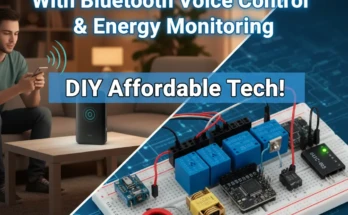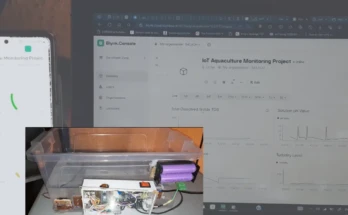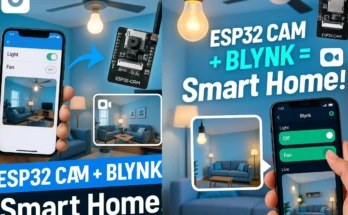Introduction: The Eyes That Never Blink
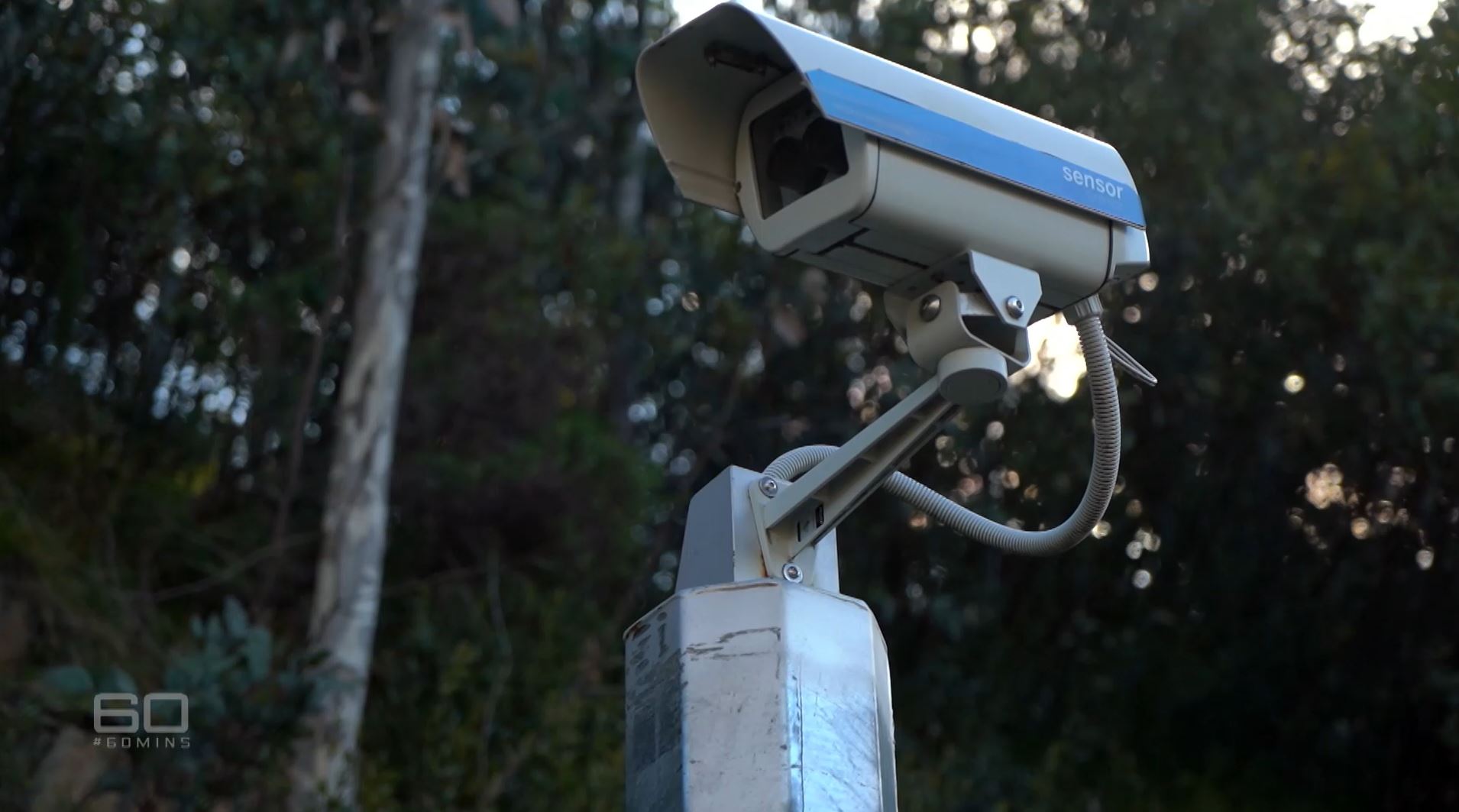
Imagine a world where security systems don’t just watch—you know, the usual CCTV style—but understand what’s going on. License Plate Recognition (LPR) cameras do exactly that. These smart cameras don’t just capture images; they read license plates and help keep spaces safer, smarter, and smoother. In fact, they’re a crucial part of intelligent traffic monitoring systems, working hand-in-hand with city infrastructure to enhance road safety, enforce laws, and manage vehicle flow efficiently. Ever wondered how they actually work? Let’s dive into the fascinating world of LPR cameras and see how they’re changing security forever.
What Are License Plate Recognition Cameras?
More Than Just a Camera
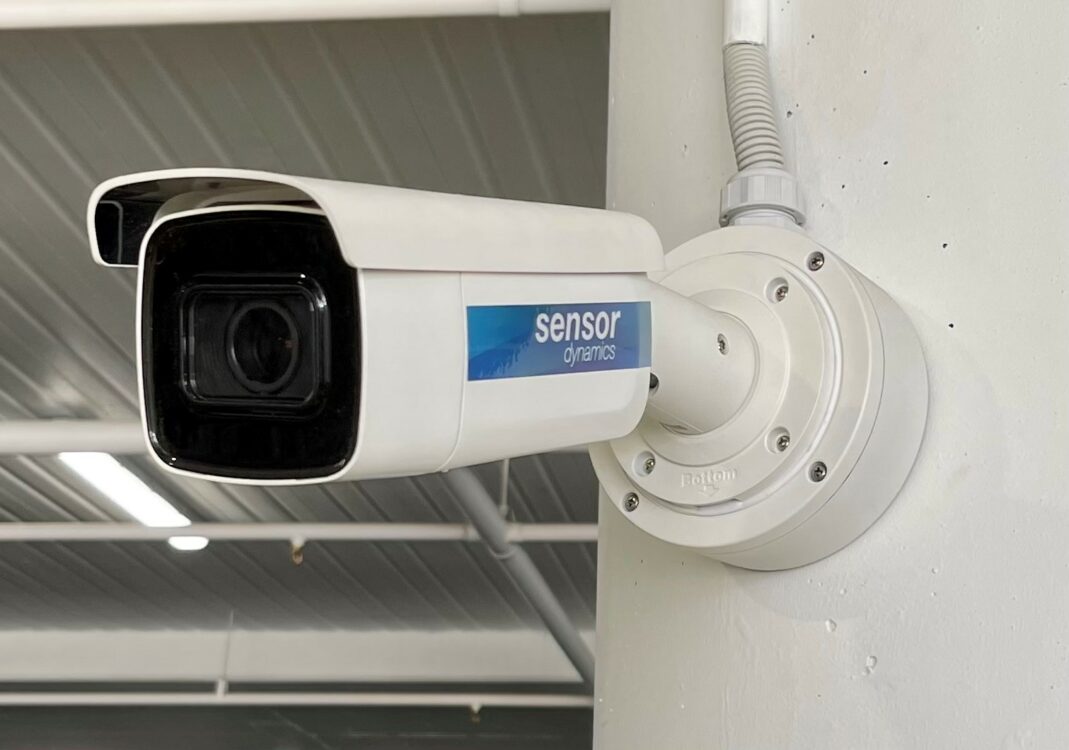
At their core, LPR cameras are special surveillance tools designed to capture and read vehicle license plates automatically. Unlike standard CCTV cameras that just record video, LPR systems extract plate numbers, convert them into readable data, and then use this information to make decisions.
Where You Find Them
These cameras are everywhere—parking garages, toll booths, gated communities, city streets, and even some retail lots. They help with everything from catching speeders to managing parking lots.
How Do License Plate Recognition Cameras Work?
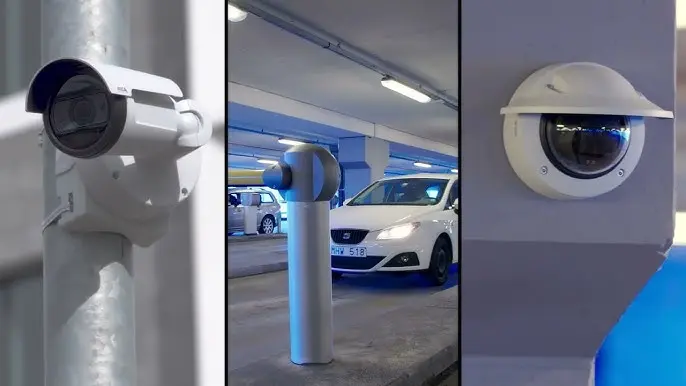
Step 1 – Capture the Image
The process starts with the camera snapping a clear image of the vehicle’s license plate. This can be tricky because plates come in different shapes, sizes, and lighting conditions vary. That’s why LPR cameras often have infrared lights and high-resolution lenses, so they work day and night, rain or shine.
The Role of Infrared
Infrared lights help the camera see plates even in darkness. You can think of it as the camera’s night vision, making sure no plate goes unnoticed after sunset.
Step 2 – Image Processing
Once the camera captures the image, the system processes it using optical character recognition (OCR) technology. This tech analyzes the image, isolates the license plate area, and then converts the characters (numbers and letters) into digital text.
OCR: The Magical Translator
OCR is like a super-smart translator that turns images of letters and numbers into data the computer can understand. Without OCR, the camera would just be taking pictures — no reading involved.
Step 3 – Data Matching and Analysis
After extracting the plate number, the system compares it with a database. This could be a list of stolen vehicles, cars allowed to enter a gated community, or vehicles banned from a zone. The system decides what to do next: open a gate, alert security, or flag the vehicle.
Real-Time Responses
The best LPR systems work in real-time. That means the moment the camera reads a plate, it can trigger actions immediately, helping security teams respond faster.
Why Use License Plate Recognition in Security?
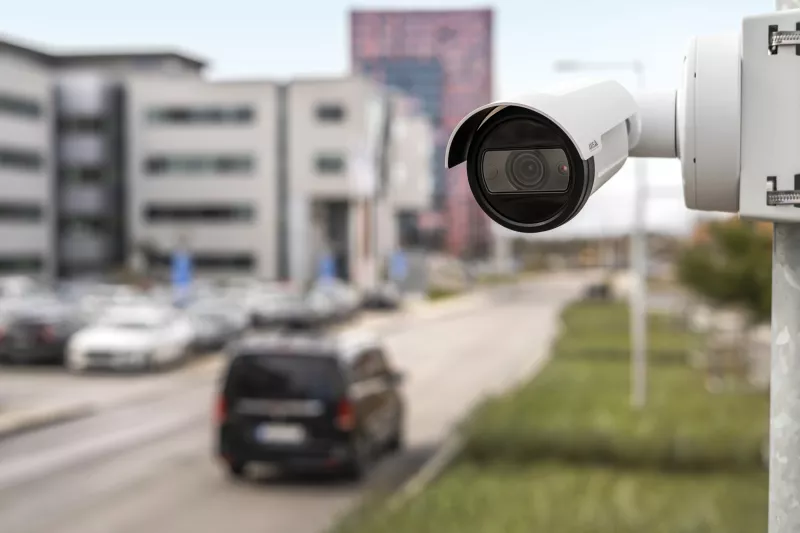
Keeping Unauthorized Vehicles Out
One of the biggest perks? Controlling access. LPR cameras make sure only approved vehicles get into restricted areas, like private parking lots or office complexes.
Enhancing Law Enforcement
Police departments use LPR cameras to catch stolen cars or track suspects. Imagine a high-speed chase where cameras along the route automatically spot the getaway car—this tech is a game changer.
Key Components of an LPR System
Camera Hardware
Good LPR starts with the right camera. It needs sharp lenses, high frame rates, and infrared capabilities.
Processing Unit
This is the “brain” where OCR happens, data is stored, and decisions are made. It can be a local server or cloud-based software.
Database
Without data to compare, LPR systems are useless. Databases hold everything from authorized vehicles to flagged cars.
Challenges in License Plate Recognition
Environmental Factors
Weather, glare, dirt, and plate damage can make recognition tricky. Cameras need to be rugged and smart enough to handle imperfect conditions.
Variations in Plates
Different countries, states, or regions have unique plate designs. LPR systems must be adaptable to read all of them correctly.
Common Applications of LPR Cameras
Toll Collection
Gone are the days of stopping at toll booths. LPR cameras snap your plate and deduct fees automatically.
Parking Management
Finding a spot in busy malls or offices is easier with LPR. The system tracks your car, allowing smooth entry and exit without tickets.
Traffic Monitoring
Cities use LPR to manage congestion and enforce traffic laws like speeding or red-light running.
How Secure Are License Plate Recognition Systems?
Data Privacy Concerns
Because LPR systems collect vehicle data, privacy is a hot topic. Good systems encrypt data and comply with laws to protect your information.
Preventing Misuse
Security teams must ensure that only authorized personnel access LPR data to avoid abuse.
The Future of License Plate Recognition Technology
AI and Machine Learning
Artificial Intelligence is making LPR smarter—helping systems recognize plates faster, even under challenging conditions.
Integration with Smart Cities
Imagine LPR cameras working with traffic lights, emergency services, and public transport to create cities that truly think and respond.
DIY vs. Professional LPR Systems
Can You Set Up Your Own?
For small businesses, affordable DIY LPR kits exist but might lack advanced features or reliability.
When to Go Pro
Large facilities or law enforcement agencies should invest in professional-grade LPR systems for accuracy and support.
Tips for Choosing an LPR Camera System
Consider Your Needs
Are you managing parking or enhancing security? Different needs require different features.
Check Compatibility
Make sure the system supports the plate designs in your area.
Think About Scalability
Can the system grow with your needs? Planning ahead saves headaches later.
Common Misconceptions About LPR Cameras
They Can’t Read Every Plate Perfectly
No tech is 100% perfect. Some plates might be dirty, damaged, or obscured.
LPR Isn’t Just for Law Enforcement
Many people think only cops use LPR. In reality, businesses, schools, and communities use it daily.
How LPR Cameras Improve Everyday Life
Faster Entry and Exit
No more waiting for security guards to check your plate manually.
Reducing Crime
LPR cameras deter theft and unauthorized access simply by being there.
Streamlining Operations
From parking garages to delivery zones, LPR keeps traffic flowing smoothly.
Final Thoughts: Smarter Security Through Technology
License Plate Recognition cameras are quietly revolutionizing how we protect spaces and manage vehicles. As a key component of intelligent traffic monitoring systems, they blend technology with everyday life, making security smarter and simpler. Whether you’re a city planner, a business owner, or just a curious mind, understanding how LPR works opens your eyes to a future where cameras don’t just watch — they understand and act.
Weird Facts About the World’s Largest Animal: The Blue Whale
Implementing IoT for Real-Time Monitoring of Livestock Feed Intake
Weird Facts About the World’s Largest Animal: The Blue Whale
Frequently Asked Questions (FAQs)
1. How accurate are license plate recognition cameras?
Modern LPR systems boast accuracy rates of over 95%, especially with good lighting and clear plates.
2. Can LPR cameras read plates in bad weather?
Yes, many are equipped with infrared and other tech to work in rain, fog, or low light, though extreme conditions can still pose challenges.
3. Are LPR systems expensive?
Costs vary widely. Basic systems can be affordable for small businesses, while advanced setups for law enforcement can be pricey.
4. How is privacy protected in LPR systems?
Reputable intelligent traffic monitoring systems encrypt data and restrict access to authorized users only, ensuring compliance with data privacy laws.
Korean Celebrities Who Are Known for Their Environmental Activism
5. Can LPR cameras recognize plates from different countries?
Yes, many systems—especially those used in intelligent traffic monitoring systems—can be configured to read plates from multiple regions. However, accuracy often depends on the software’s capabilities and how well the camera is calibrated for various plate formats..
